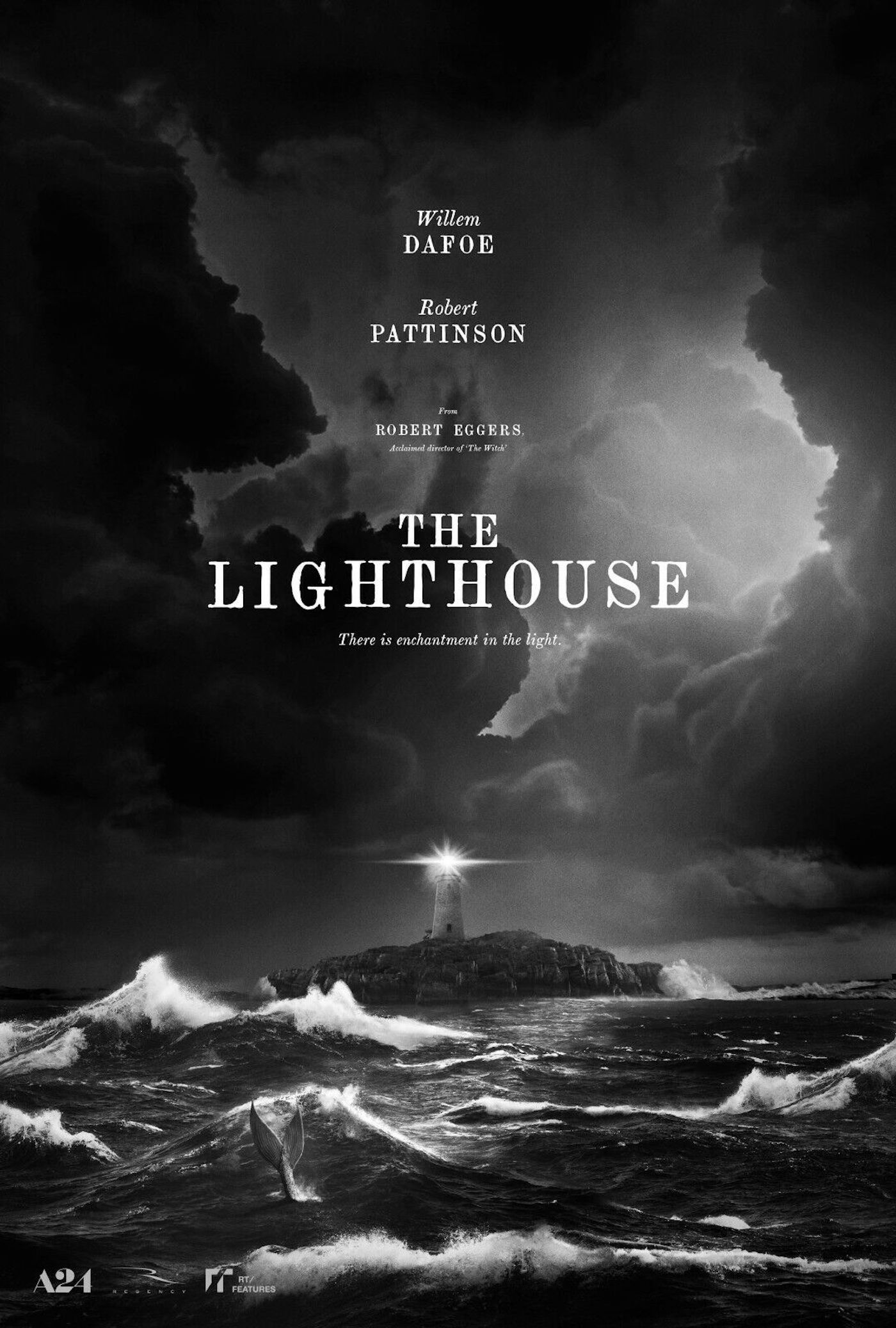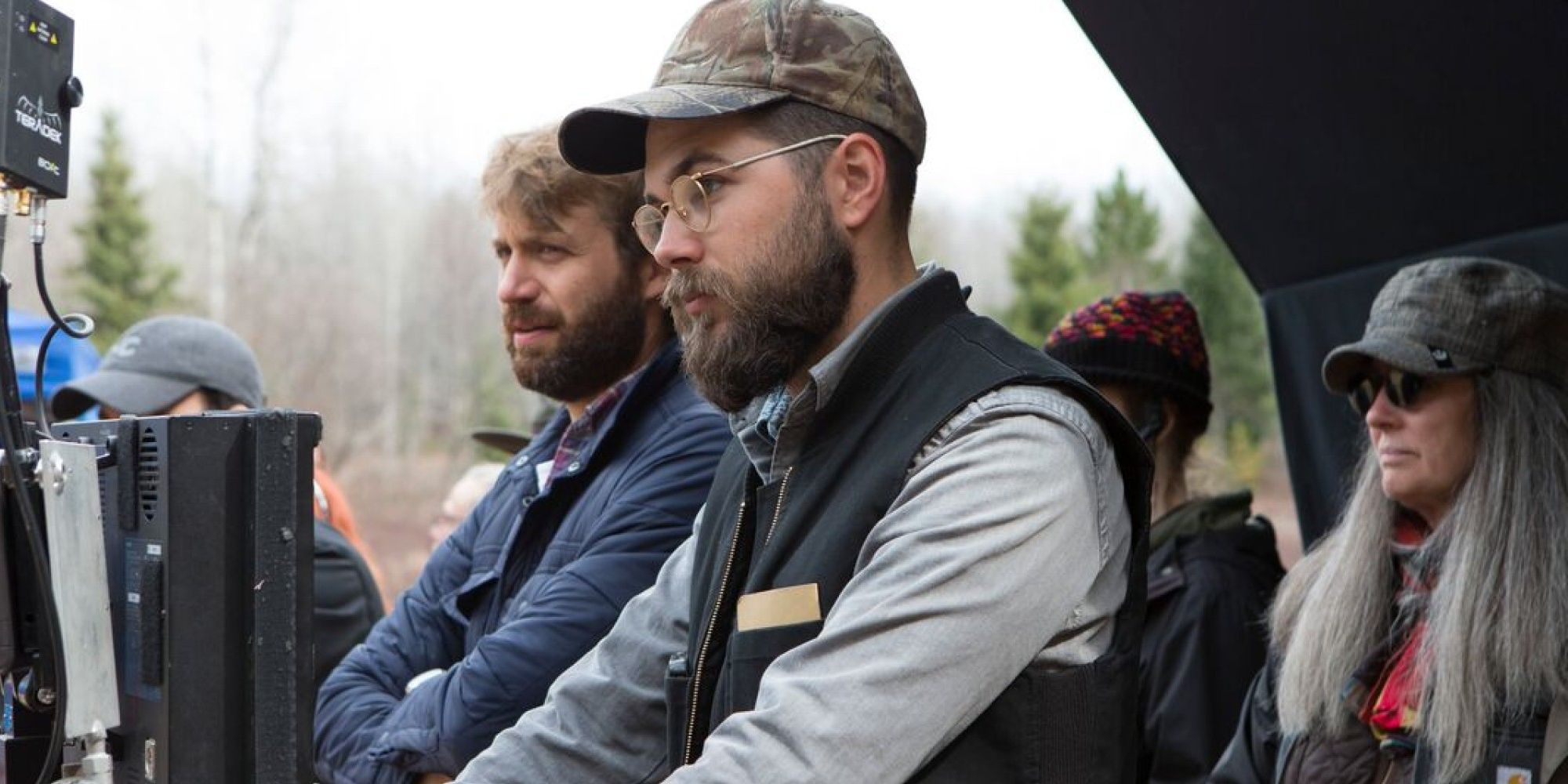The Big Picture
- Collider’s Aidan Kelley talks with director Robert Eggers for the 5th anniversary of
The Lighthouse
. - The Lighthouse will be shown in IMAX for one night only.
- During this interview, Eggers discusses casting decisions, working with Willem Dafoe, and the importance of family trauma in his films.
As hard as it might be to believe, Robert Eggers‘ horror masterpiece The Lighthouse celebrated its fifth anniversary not too long ago. One of the many movies in A24’s acclaimed catalog of films, The Lighthouse continues to be a visually stunning and thought-provoking piece of filmmaking, taking the simple story of two men working at a lighthouse and evolving it into something much more profound and distinct. For fans of the film and those who have yet to experience Eggers’ movie, you’re in luck, as The Lighthouse will soon be playing for one night only across 300 IMAX screens on Wednesday, November 12th.
To celebrate this monumental occasion, we at Collider recently had the opportunity to speak with Eggers on how The Lighthouse has persevered throughout the years. Not only did he discuss the many visual and technical aspects of his critically acclaimed picture, but he also went on to explain how he started working with actors like Willem Dafoe, how different the experience of watching The Lighthouse in IMAX is, how other films like The Witch and The Northman helped shape his career, and much more. You can find our full interview with Robert Eggers right here:
‘The Lighthouse’ Is a Different Experience in IMAX According to Robert Eggers
COLLIDER: So, The Lighthouse is releasing in IMAX for the very first time this week, with the film having just celebrated its fifth anniversary. This is such a beautiful and visually stunning movie. Is there any particular scene or sequence that you’re excited for audiences to see on the biggest screen possible?
ROBERT EGGERS: Well, you know, it’s really interesting because it screened one time. We had one theater on IMAX before, and that was at the Toronto Film Festival, like one of the screens was on an IMAX screen. I think it must have been a mistake, but it was really very, very interesting. And I never sit through when my movies are released, or still don’t ever sit through because I get sick of them by the time they’re done. But I went to this because I was curious. And what’s really cool is that it plays very differently because we obviously knew we were making the film in 1.19:1 aspect ratio that you would be watching this claustrophobic little box in the middle of a screen that you know is made to accommodate CinemaScope, but here, because of the IMAX format, instead of, looking into the movie, you are within the movie, and it was really kind of shocking and cool when [Robert] Pattinson first enters the lighthouse keepers quarters. It’s like, you’re in there! Like you’re still walking around in there with him. It’s really cool.
This is such an immersive movie. Sounds like it’s going to be even more immersive on that screen. You mentioned the aspect ratio and the visual style of the film speaks for itself with that very distinct, boxy aspect ratio and being shot on black and white film. That style really helps the movie stand out from other movies that might have a similar premise. But why else was it important to you to have all those creative decisions be incorporated into the film?
EGGERS: Yeah, again, it was initially for claustrophobia. It, in a very simplistic way, just feels like older, you know? And much has been said of the filters that we use to create an ortho-chromatic look that looks like film stocks from early cinema, which,, again, says older, but it also gives the actors a more weathered club because of the fact that it doesn’t render red as white black, basically. And that aspect ratio is good for capturing vertical objects such as lighthouses and that’s part of it. But I think the whole thing is you always just want to take the audience somewhere else. That’s like, one of my favorite things about making movies is to try to build your own world and take the audience [with you].
Robert Eggers Explains His Frequent Collaborations With Willem Dafoe
I firmly believe that another key ingredient to not just The Lighthouse but all of your movies is the casting. Not only do you obviously cast great actors, but you also manage to get really raw and authentic performances from them that arguably haven’t been seen in some of their other works, like Anya Taylor-Joy’s breakout role in The Witch, Alexander Skarsgård’s performance in The Northman and, of course, Robert Pattinson and Willem Dafoe in The Lighthouse. What does the casting process typically look like for you, and how do you get those authentic performances out of your performers?
EGGERS: You try to find people who can say, you can play the role and look like the role like, not very interesting, but the most important thing, with the additional extremely important things, that we need to is to get along, and they need to want to do it. Like an actor who doesn’t want to do it is not an actor that I want to work with because part of these performances is that the actor needs to really go there and to really challenge themselves. So an actor who doesn’t want to be there isn’t going to be up for that stuff.
Willem [Dafoe] often will work with first time directors or second time directors. Willem is working all the time, and Willem really was a big fan of [The Witch] that he reached out to me about finding a project, and Rob was also in that period of his career he was looking for the most interesting filmmakers and scripts that he could find to challenge himself and to break out of the Edward Cullen baggage and all that stuff. So it was very fortuitous that we all wanted to work together. And then I think because of the performances in The Witch and because of what Rob and Willem did in The Lighthouse, then I sort of garnered a reputation for these kinds of performances. So now in The Northman and Nosferatu people kind of know what they’re signing up for. But I’ve definitely had interviews with actors who don’t like it, and that’s fine too.
Wow, having Willem Dafoe reach out to you after making a movie must have just been…I can’t even imagine what that phone call must have been like.
EGGERS: That’s totally my point. He’s such a hero of mine, and I feel incredibly lucky every day that he’ll work with me and this relationship continues on.
Speaking of which, you’ve worked with Dafoe a number of times now, and that all started with The Lighthouse. Apart from the obvious answer being, “who wouldn’t want to work with Willem Dafoe?”, what is it about him as an actor that has led to you casting him in this film and all the other times you’ve worked with him in The Northman and the upcoming Nosferatu.
EGGERS: Without trying to overdo it, but being sincere, he really is one of the greatest actors of all time, so that helped. I think he also has such a unique face, and I don’t like faces that aren’t terribly interesting. It doesn’t get more interesting than Dafoe. Then to work with him, he’s just so game, and he just jumps right into it. There’s not a lot of talk. It’s all about doing. Perhaps what is so brilliant about him, and the kinds of roles that he plays, is because he gets the joke of life. It comes with a lot of intelligence.
Sticking with the characters and the performances, some would say The Lighthouse is about two characters. I’d argue it’s about three. Howard, Wake, and that damn seagull. I understand that working with the seagulls in The Lighthouse was pretty different from your previous film, The Witch‘s experience with Black Philip the goat. Those movies were both praised for their animal performances. Do you even have a process for getting a great performance out of animals?
EGGERS: Obviously, it’s all about the animal trainer. He was just a tremendous animal trainer, and really knew these seagulls, loved these seagulls. And they were rescue birds, so having activities and challenges was sort of like giving them a will to live because they could fly around and steal french fries from tourists like normal seagulls. They’re intelligent animals, so you have to basically choose animals that are intelligent and trainable and then find the best animal trainers you can find. But if you don’t have a good animal trainer, you can’t get a good animal performance.
Robert Eggers Is Still Dedicated to Making the Movies He Wants to Make
In addition to being a surreal horror film, a gripping character drama, a dark comedy, The Lighthouse is essentially a surrogate father-son story. Family trauma is a theme that carries across all of your works, so what would you say draws you to those types of very personal stories?
EGGERS: There’s a reason why Hamlet and King Lear are generally considered Shakespeare’s best pieces. And there’s Oedipus playing in the West End right now, and it’s about to go in the Old Vic in a couple months. Family drama is the stuff of the great myths and fairy tales that we can all relate to. We can all relate to family trauma.
You previously described The Lighthouse as “broadening the mainstream audiences’ cinematic vocabulary”, which very much seems in line with what your films and the numerous A24 films have achieved. Still, some might argue that bigger doesn’t necessarily mean better, and even though A24 and your films have gone on to have such incredible scale and stakes and just feel like much bigger movies, has there ever been a concern that the film you’re making might be getting too broad or too mainstream, and if so, what might be the warning signs of that?
EGGERS: Obviously, The Northman was more challenging in that regard, but with Nosferatu, I had total control over the film, and it was a pleasure. I was grateful to be working at that scale. I was working on that scale with The Northman, but I think when you’re playing at a scale where you don’t have control is the problem. But I also think even when you do, I think every director who gets some success and gets some opportunity is afraid that they’re going to Zordoz themselves, you know?
Robert Eggers’ The Lighthouse will be available to see in IMAX for one night only on Wednesday, November 13th, 2024. You can buy tickets using the link below:

Two lighthouse keepers try to maintain their sanity while living on a remote and mysterious New England island in the 1890s.
- Release Date
- October 18, 2019
- Runtime
- 110 minutes
Source link



